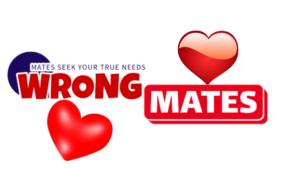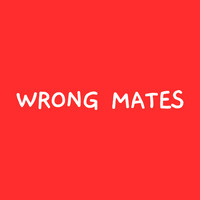
In the crowded landscape of apps and digital tools, the term “nudge” has become a popular selling point. Companies are eager to claim that they use nudges to change behavior for the better. This is especially common in human resources management systems and leadership support apps, but personal apps that help with weight loss or mindfulness have also jumped on the nudge bandwagon.
But are these tools truly delivering nudges, or are they just delivering reminders and prompts?
Nudges vs. Prompts: What’s the Difference?
The concept of a “nudge,” in the context of promoting behavior change, actually has a precise definition. Cass Sunstein and Richard Thaler used the term in their book Nudge: Improving Decisions About Health, Wealth, and Happiness, to describe their method of applying behavioral science to shape behavior and achieve goals. They define a nudge as:
“Any aspect of the choice architecture that alters people’s behavior in a predictable way without forbidding any options or significantly changing their economic incentives.”
The ethical implications of nudges can be very consequential, but they’re not the topic of the current post, so we’ll focus on the first part of the definition here.
The real innovation, and potential power, of a nudge lies in its ability to subtly influence decisions by restructuring the context—what Sunstein and Thaler call the “choice architecture”—in which those decisions are made.
The classic example of a nudge is automatic enrollment in a retirement savings plan. Some organizations have changed the default condition for newly hired employees to be automatically enrolled in a retirement savings plans, and have reported significantly increased participation rates. The potential benefit of this intervention—this nudge—is that many people will have greater financial security than if the default condition is that new employees are not enrolled.
This is a nudge because it has altered the choice architecture. The nudge is the default setting, not a prompt to sign up. It leverages our natural tendencies—like a tendency not to go back and change something that’s automatically set—to encourage a beneficial behavior. And, because it takes advantage of a natural tendency, it does not rely on willpower or motivation. Other interventions to increase savings plan enrollment, like providing information to new hires, or sending them an email reminder, might help, but they’re not nudges, because they do not alter a choice architecture based on behavioral science findings.
Why This Matters
The difference between nudges and prompts isn’t just academic. When companies sell their tools as delivering nudges, they’re making a claim that goes beyond mere reminders. They’re implying that their product leverages behavioral science to create more powerful interventions than mere reminders or behavioral prompts.
Why does this matter? Because nudges are supposed to be an innovation in how we think about influencing behavior. They don’t rely on individuals analyzing evidence, being persuaded, or exerting willpower, like other techniques do. Instead, they work with our natural tendencies, channeling them toward better outcomes. Nudges have become so popular because of this promise—this upgrade from traditional behavior change methods.
When you pay for something that claims to deliver nudges, you should be sure to understand exactly how the seller defines “nudge.” Otherwise, you could be misled about the power and effectiveness of the tool you’ve bought.
Reminders and Prompts Are OK
I don’t want to imply that reminders and prompts are worthless. They can be effective and helpful. A well-timed reminder can encourage someone to follow through on a behavior they might otherwise forget. But these are different from nudges. They rely on the person’s motivation and willpower, rather than restructuring the environment to make the desired behavior more likely without conscious effort.
There are reminders and other non-nudge interventions that use behavioral science. For example, some reminders to exercise more might include a statistic about how many of your friends have exercised lately, which is a persuasion technique called a social norm. That message, however, does not alter the choice architecture, and shouldn’t be considered a nudge according to Thaler and Sunstein’s definition.
Leadership Essential Reads
Nudge or Not?
If you’re investing in something that claims to use nudges, it’s worth taking a closer look. Are you really getting the kind of behavior-altering, choice-architecture-based intervention that nudges promise? Or are you just getting reminders dressed up with behavioral science terms?
The promise of nudges lies in their ability to reshape our choices in subtle yet powerful ways. They’re not easy to design and implement. They require a deep understanding of human behavior, and a willingness and ability to change policies and choice contexts. But that’s also what holds the potential to make them so valuable.

